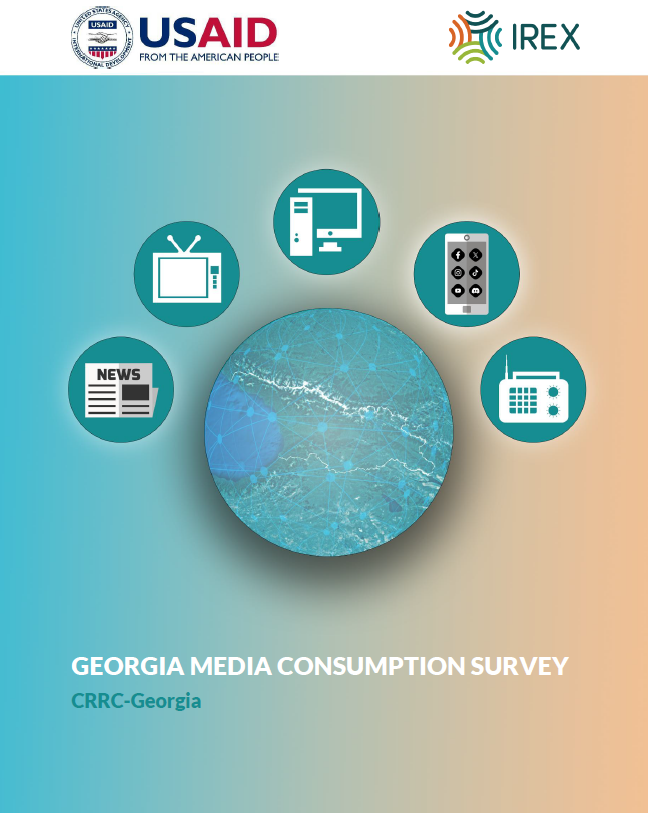In May 2007, the World Bank released a two volume report on Armenia’s labor dynamics (click here for the overview page). Unfortunately, most of the report is based almost wholly on Armenian National Statistical Service (NSS) data from 2003 and 2004. Given the problems with Armenian statistical data and the fact that the statistics may already slightly outdated, the results should be read critically.
However, the volume has an exceptionally interesting chapter on “Youth Employment and Unemployment.” The most immediate and striking fact is the idleness rate (defined as those who are neither working or in school) divided by the total youth population among youth aged 15-24 in Armenia. According to the NSS, over a third of young Armenians neither work nor study. Such a large cohort of unemployed youth is worrying since it prevents socialization into the labor market and may provide other negative social consequences, such as cycles of dependence and increased likelihood of drug and or alcohol addiction. Also, alarming is the passiveness of those who dropped out of the labor market; the majority of those who dropped out the labor market are not looking for a job.
Supporting findings from the CRRC Data Initiative, the World Banks reports data from the “Survey of Unemployed Youth” 2005. This survey found that networks play the most important role in finding a job. This, of course, puts a damper on incentive to complete professional training or improve skills and instead places a premium on increasing social connectedness. (So all that collective loitering outside the university may be worthwhile after all.)
The report, mirroring other reports, also found that particularly vocational and technical schools are not adapting to the needs of the job market, increasing the rate of dropout, since skill gained in these schools are viewed as useless. This situation is particularly grave, since these schools have no relationships with the job market.
Such high youth unemployment may be a large explanatory variable in the continuing outflow of migrants in Armenia. The question of labor migration is also addressed in the World Bank report.












